.png)
From the novel coronavirus to devastating wildfires, 2020 has been a challenging year for us all. But for people with chronic respiratory illnesses like COPD or asthma, this year has been the ultimate test. The good news is that, by following all COVID-19 safety precautions stated by the World Health Organization (WHO) and by checking the air quality index (AQI) before leaving the house, many COPD patients have adjusted nicely to a new way of life.
With the holidays coming up, you may be wondering how you can stay safe while still catching up with friends and loved ones. Whether you’re flying across the country or you’re just going down the street, it’s important to prepare well enough in advance so that you can stay healthy and happy and avoid emergencies like COPD flare-ups and exacerbations. Conversely, if you are having relatives over to your house, you should ensure your home is safe for you and your guests.
{{cta('b59df0c1-c4de-47a8-8e1c-0d33d4b414aa','justifycenter')}}
In this post, we’ll take a look at several of the most important safety tips you should take into consideration. As always, if you have any questions for us, feel free to leave them in the comment section and we’ll do our best to answer them as soon as possible. What’s more, if you have any questions about your COPD treatment plan or you’re thinking of making changes to your diet, exercise routine, or medication, please consult your doctor beforehand.
Upgrade to a Portable Oxygen Concentrator
Chances are, you know exactly what it’s like to use an oxygen tank during the holiday season. First and foremost, you have to have a plan as to how you will refill your oxygen tank while you’re away from home. This could mean bringing a spare tank or researching oxygen companies in the area that can deliver oxygen to you. Unfortunately, it can be very difficult to find an oxygen company that’s actually open during the holiday season.
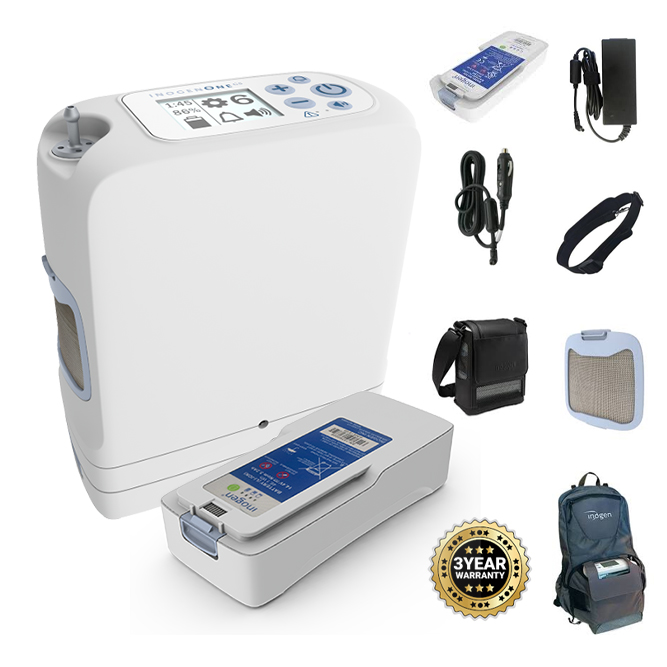
The next thing you have to consider is how you will actually transport your oxygen. Oxygen tanks are banned on all airlines, so taking a flight is out of the question. It’s also very dangerous to travel with an oxygen tank in your car, so you will have to take a number of safety precautions in order to ensure that it doesn’t move around while you’re in transit. Last but not least, you’ll have to spend your whole holiday keeping a close eye on your tank, making sure it’s not exposed to any open flames or anything that could damage the fragile components.
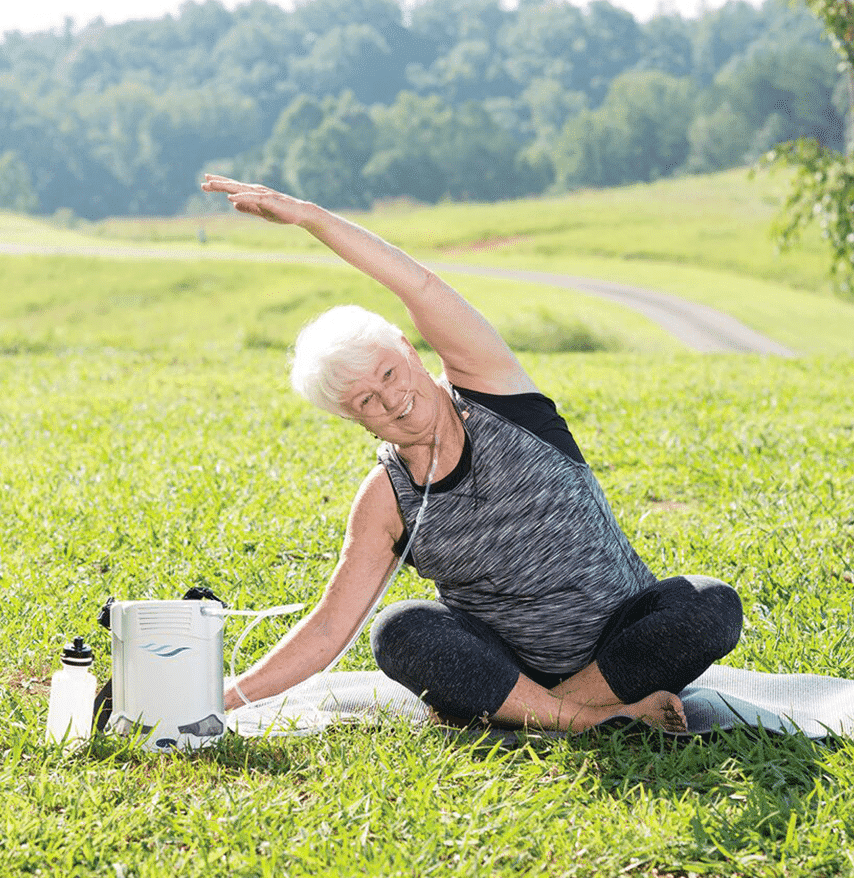
Fortunately, using a personal oxygen concentrator is much easier and safer. Travel size oxygen concentrators like the Caire FreeStyle Comfort are lightweight, compact, and most importantly, they’re much safer to use than a standard oxygen tank. Portable oxygen concentrators are electronic devices that draw in ambient air, remove unneeded gases, and then put out medical grade oxygen. As a result, they don’t store oxygen at high pressures like oxygen tanks do.
Another reason they’re safer is that they have an implemented “breath detection technology” which cuts off oxygen flow if no breath is detected. Since oxygen increases the flammability of everything it comes in contact with, you can rest assured you’ll be safe if you accidentally drop your nasal cannula and leave it for an extended period of time.

One final reason that portable oxygen concentrators are safer to use during the holidays is that they don’t create a tripping hazard. If you use an oxygen tank, you will have to wheel it around on a carrying cart meaning your nasal cannula will have to run from the tank to your nose. However, portable oxygen concentrators like the Inogen One G5 can be slung over your shoulder and tucked under your arm so that it’s always accounted for. What’s more, you can keep your oxygen tubing nice and short so that it’s not dragging on the ground.
Have a Plan for Dealing with Exacerbations
According to the American Thoracic Society (ATS), a COPD exacerbation is a period of worsening symptoms, most commonly caused by infection. And unfortunately, being around your family and extended family during the holidays will put you at a higher risk of contracting illnesses like the flu, the common cold, and even the coronavirus. Contrary to popular belief, most medical experts recommend wearing a mask if you have COPD. As long as you’re using supplemental oxygen therapy as prescribed and you’re checking your blood oxygen levels regularly, the mask should not affect your symptoms.
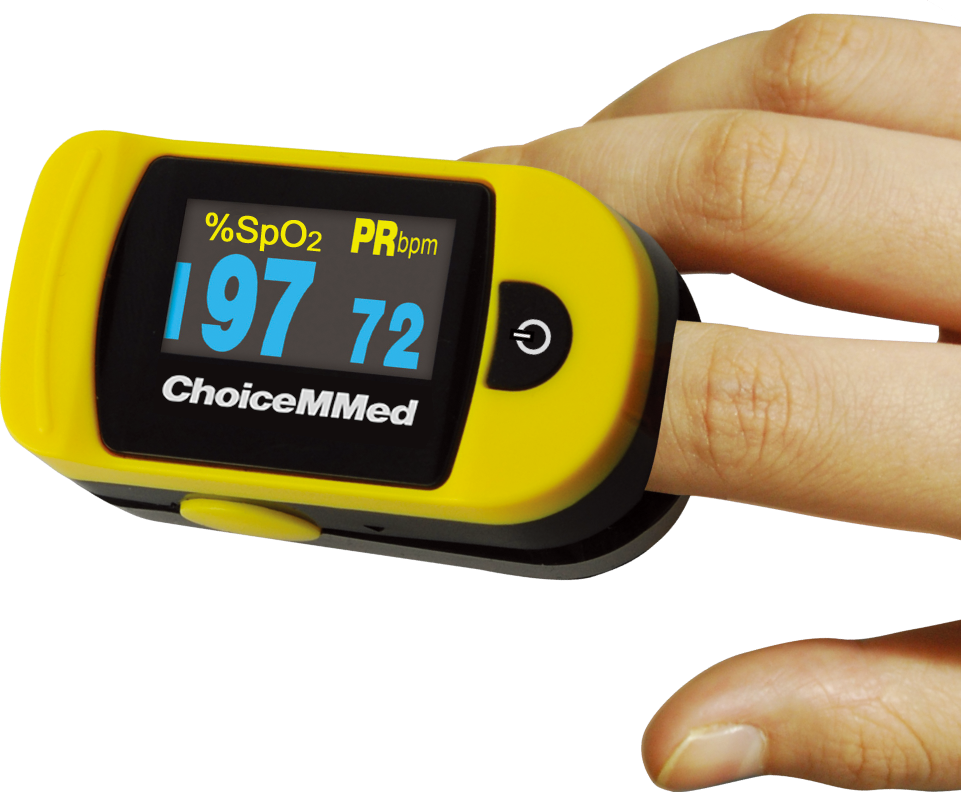
If you’re someone who experiences anxiety or claustrophobia while wearing a mask, there are a number of techniques you can try to alleviate this. Since claustrophobia is closely linked to how you breathe, taking the time to learn breathing techniques like diaphragmatic breathing can help you in the long run. This involves concentrating on using your diaphragmatic muscles to breathe rather than your chest muscles. Another thing you can try is cognitive-behavioral therapy (CBT) which can help you pinpoint the root cause of anxiety and learn ways to cope with it in a manageable way.
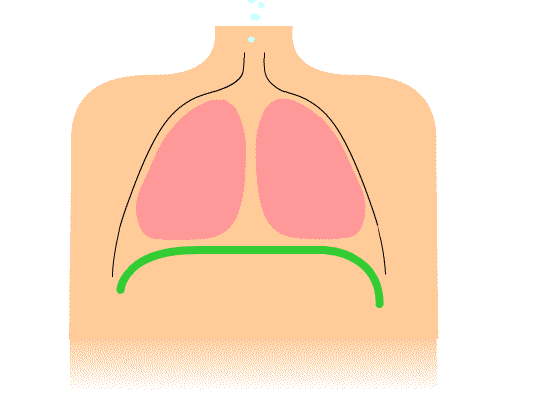
Aside from wearing a mask, you should follow all other COVID-19 safety guidelines. This means maintaining 6 feet of distance between other people, washing your hands regularly throughout the day, and making others aware that you’re a high-risk individual. Making others aware of your condition is important because if there was an emergency, they would need to know how to help. If you want, you can even write down an action plan to help you out in a difficult situation. If you’d like to learn more about COPD action plans, read through this post.
Don’t Fall Back on Old Habits
When you were diagnosed with COPD, you likely had some significant obstacles to overcome. Smoking cessation, an improved diet, and a consistent exercise routine are all necessary to get back on track and slow the progression of COPD. Unfortunately, all the bad habits you dropped when you were diagnosed with COPD can come flooding back when you’re around people you haven’t seen in a while.

Before leaving the house for the holidays, it’s important to mentally prepare. While the holiday season is all about relaxing and letting go, you don’t want to be so relaxed that you forget about your COPD treatment plan. One thing most people do on Thanksgiving and Christmas is overeating. This may be relatively harmless for someone who’s healthy, but for someone with COPD, this could mean exacerbating your lung symptoms.
{{cta('fa8abc2a-1e88-4fa3-82fd-1cb5b9ed43b2','justifycenter')}}
The main reason you don’t want to overeat during the holidays is that it can lead to bloating. When this happens, you’ll notice that you have a harder time breathing and you’ll be more likely to experience chest pain or a chronic cough. Secondly, COPD patients have a hard time processing a lot of food all at once. This is why doctors recommend eating smaller meals spread throughout the day because it is easier for your body to manage. Eating large meals can also lead to weight gain.

According to U.S. News, being overweight has a number of negative effects when it comes to managing your disease. Overweight individuals will get out of breath faster and excess body weight on the stomach and chest can interfere with breathing. Another problem is that overweight people tend to maintain a diet high in carbohydrates which get converted to carbon dioxide (CO2) during digestion. This means you’ll be struggling to get the oxygen you need to maintain your blood oxygen levels. So, if you want to eat healthy this holiday season be sure to focus on portion control and avoid foods that are high in carbs.
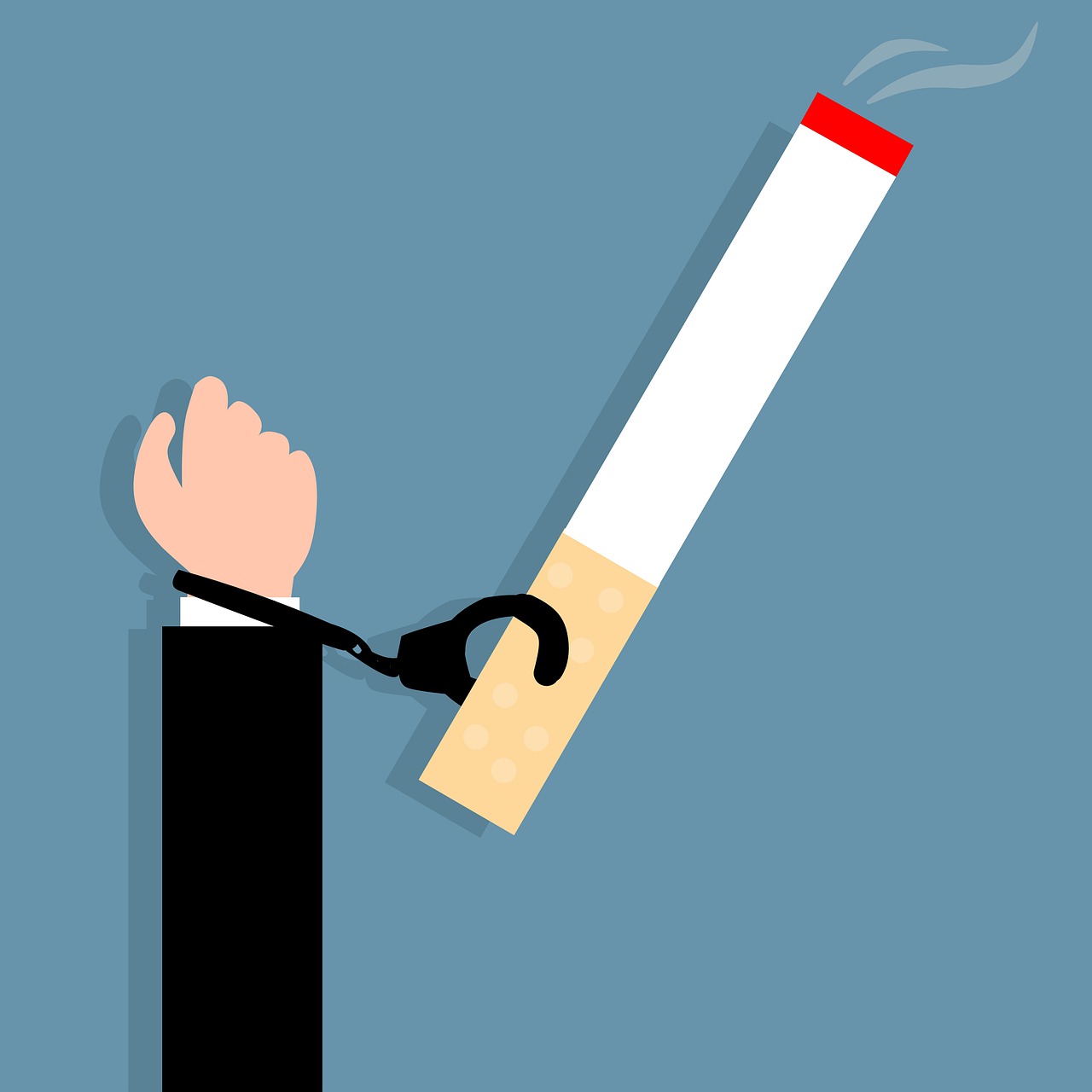
Another habit you may be tempted to fall back on is smoking. Cigarette smoking causes around 85 to 90 percent of all COPD cases and continuing to smoke with COPD will worsen the disease and trigger exacerbations. If you’re spending time with relatives that you used to smoke with or people who currency smoke this holiday season, this could cause you to slip back into an old habit. And even if you don’t smoke with this person, being around them will still expose you to secondhand smoke which can be just as bad.
Take Time Packing Your Medication
If you’re a COPD patient, your medication is paramount to your health. Whether you take orally administered medication, inhaled medication like nebulizer therapy or inhaler therapy, or some combination of the two, you’ll need to ensure that everything is packed and ready to go before you head out the door. If you haven’t done so already, be sure to renew your prescription for all of your medications so that you don’t have to worry about that when the time comes to leave.
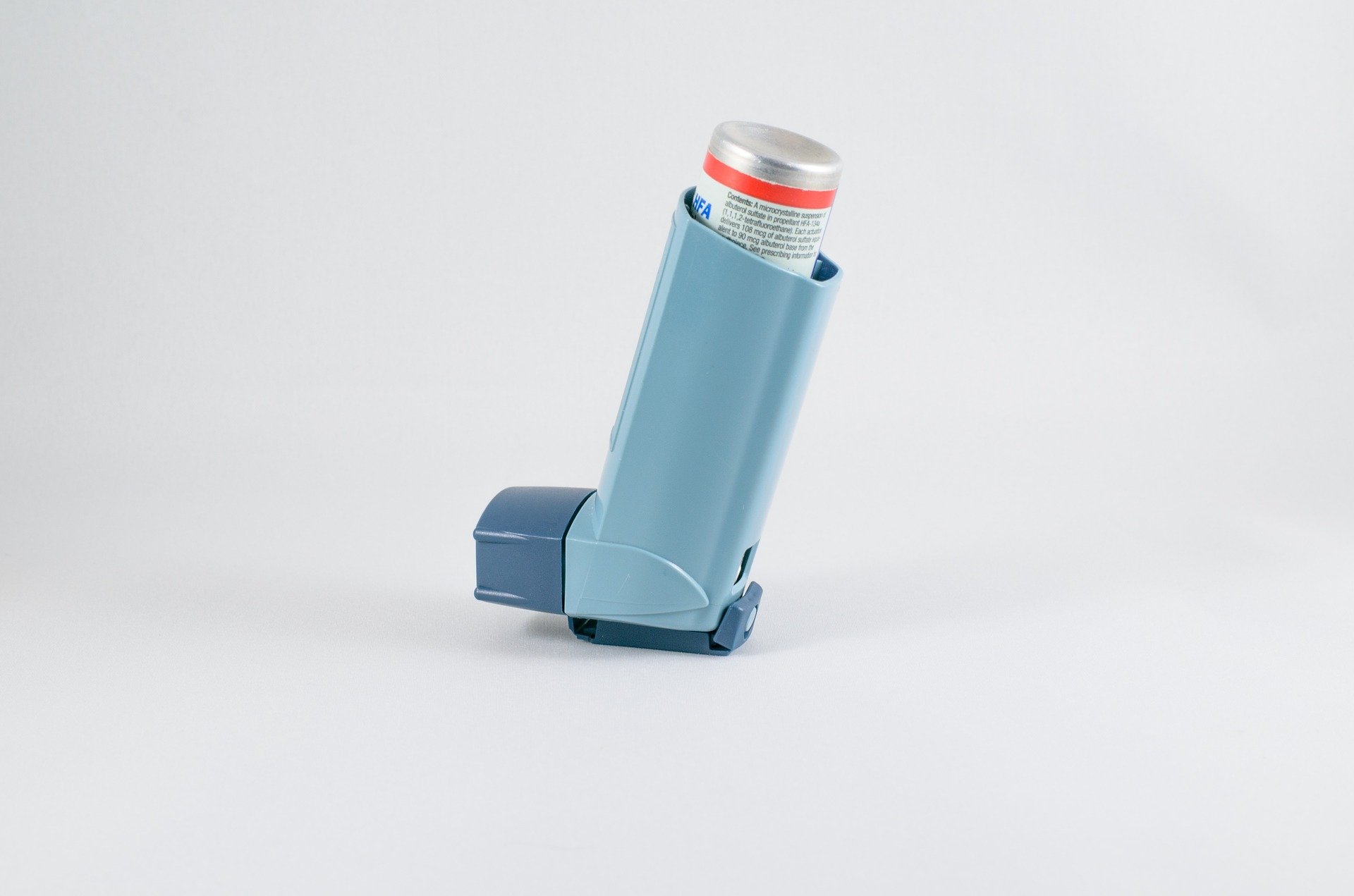
Long-acting bronchodilators are designed to relax the airways and help you breathe easier throughout the day. This includes drugs such as tiotropium, salmeterol, indacaterol, formoterol, arformoterol, and aclidinium. Short-acting bronchodilators, on the other hand, are designed to work quickly in the event that you experience a COPD exacerbation. Short-acting bronchodilators include albuterol, ipratropium, ipratropium bromide, and levalbuterol.
Plan a Pulmonary Rehabilitation Schedule
Pulmonary rehabilitation has been one of the most hotly debated aspects of COPD treatment plans. In the past, it was believed that any form of exercise would exacerbate respiratory systems. However, within the past several decades, studies have shown that a carefully planned and consistent exercise routine can improve lung strength and slow the progression of COPD.

While it’s tempting to forget about exercising and practicing breathing exercises while you’re away for the holidays, this will only put you behind on your treatment regime. Rather you should take the time to plan out your day and ensure that you follow all of your doctor's instructions. It may not seem like it, but even a small amount of moderate exercise can go a long way towards improving your long term prognosis and helping you feel better.
Check the Air Quality Index (AQI)
You may believe that, since the temperature is starting to drop, there’s no need to check the air quality index before you go outside. Unfortunately, this is simply not the case. Cold weather actually causes things like car exhaust and other types of air pollution to stick closer to the ground since the air is denser and moves more slowly. This means it’s more important than ever to check the air quality. What’s more, there are a number of wildfires still raging across the country which are filling the air with smoke.
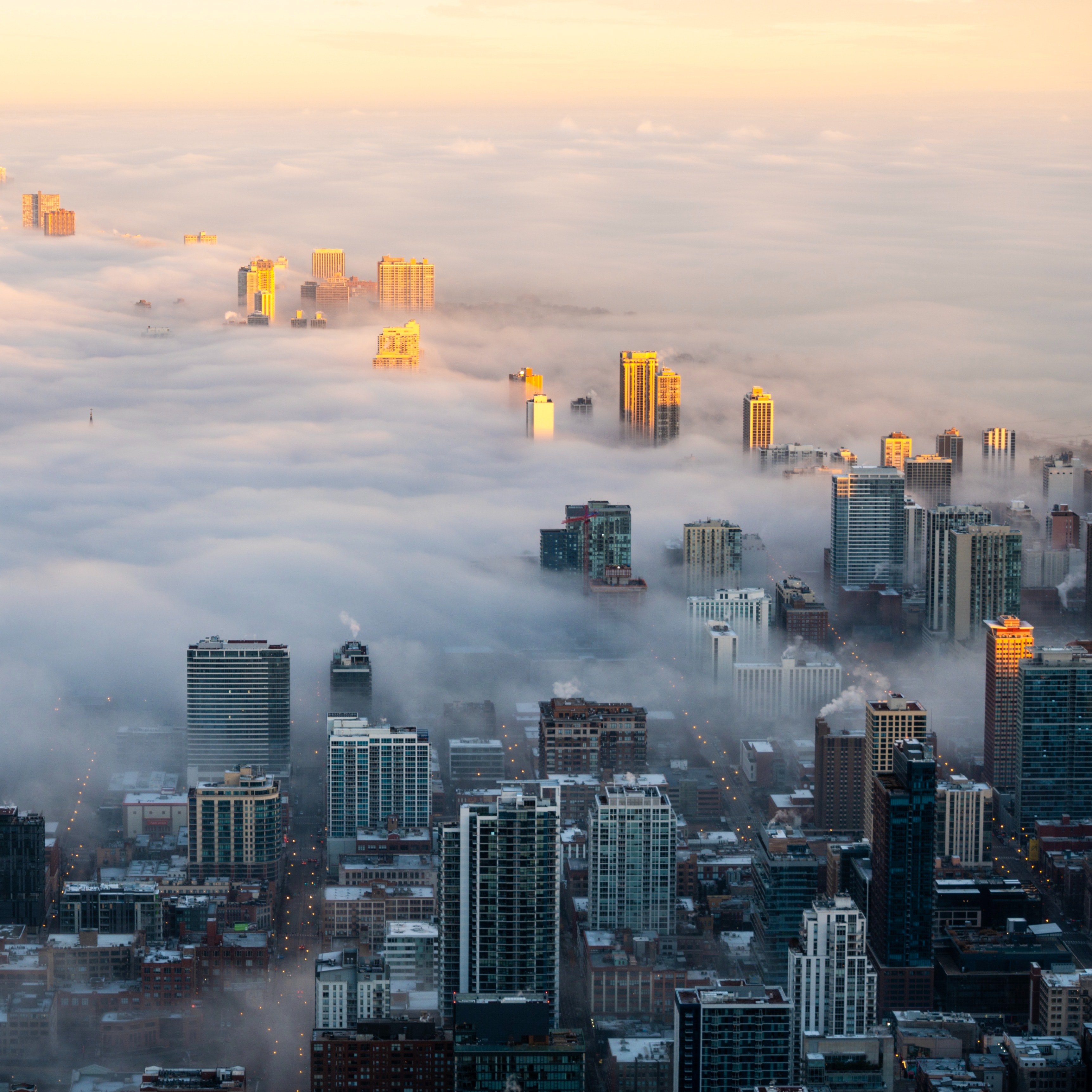
According to this study, the most common types of pollution during winter months are PM10 (particulate matter that is 10 micrometers in diameter or smaller), sulfur dioxide, nitrogen dioxide, and carbon monoxide. Wildfires are a complex mixture of pollutants including fine particles, water vapor, carbon monoxide, carbon dioxide, nitrogen oxides, organic chemicals, and more. When you go to check the AQI in your area, be sure to keep an eye out for these.
.jpg)
COPD patients are considered part of the “sensitive group” when it comes to air quality. Generally speaking, COPD patients should not go outside if the AQI is over 100, but if you have late stage COPD, an AQI under 50 will be ideal. Like we discussed in our last blog post, there is an AQI mobile application that you can download on either your Android or iPhone that makes it simple and easy to check the air quality in your area.
Bring Clothing That’s Appropriate for the Weather
The weather has an immense impact on COPD symptoms. Extreme conditions, typically over 90 degrees Fahrenheit or below freezing can cause flare-ups and lead to unexpected side-effects like increased mucus production. Of course, the best way to cope with these weather conditions is to remain inside with the heater on, however, going outside may be unavoidable if you’re visiting relatives.
![]()
One of the best ways to keep your body temperature high while out in the cold is to wear multiple layers. Unfortunately, simply wearing a heavy jacket won’t do much to keep you warm and it could even restrict your breathing. Rather, you should wear several layers of flexible clothing that don’t add any unnecessary strain to your chest or stomach. Also, be sure to wear gloves, a hat, and a scarf.
For more information on managing COPD in cold weather, read our article titled, “The Complete Guide to Managing Your COPD in the Winter”.
Conclusion
It’s hard to believe that the holidays are just around the corner. In just a few weeks it will be time to pack the bags and head to the relatives’ house. And whether you’re planning on traveling across the country or next door, there’s a lot of planning COPD patients need to do in order to stay safe and healthy during this time. Follow the tips above to get you started and don’t hesitate to leave a comment below if you have any questions for us.
If you’re looking for a lightweight portable oxygen concentrator for your holiday trip, feel free to reach out to our respiratory specialists here at LPT Medical. We are happy to provide COPD patients with plenty of options from the most reputable brands in the industry like Caire Inc., Inogen, and Respironics. Some of our most popular units include the Caire FreeStyle Comfort, Inogen One G5, and the Respironics SimplyGo.

